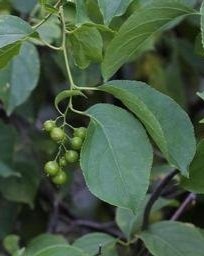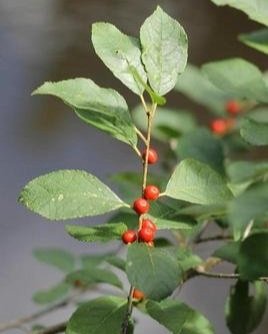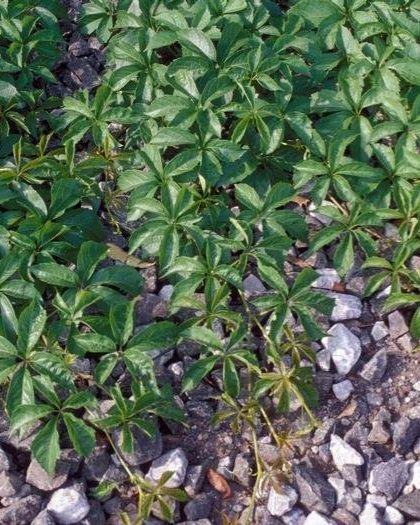Grow Me Instead: Oriental Bittersweet
As the first official day of summer approaches, many of us are stopping by local gardening centers to pick up plants and seeds for our gardens. While many non-native plant species are non-threatening to our native biodiversity (like tomato plants), some can become invasive and negatively impact local natural areas, the economy, and/or human health. Over the next month, we’re going to share native or non-invasive alternatives to common garden plants with invasive tendencies.
The first plant that we’re going to feature is Oriental Bittersweet (Celastrus orbiculatus).
Plant Overview
Native range is China, Japan, and Korea
Introduced to North America as an ornamental plant and for erosion control in 1860s
Often found in decorative gardens; used by florists for decorations or for crafts (ex: wreaths)
Problem
Fast-growing and aggressive, and will invade many habitat types (meadows, grasslands, forests, roadsides, dunes, etc.)
Chokes out native plant species by growing up and over them, blocking access to resources like sunlight and water.
Its woody vines can girdle trees and shrubs and overtime, their weight can completely break or uproot mature trees.
Can climb trees and infrastructure to reach heights of over 18 metres
Native or Non-Invasive Alternatives
American bittersweet (Celastrus scandens): this plant is closely related to Oriental Bittersweet but is native to North America.
Winterberry Holly (Ilex verticillate): this native plant grows beautiful red berries perfect for wreaths and similar crafts
Virginia creeper (Parthenocissus quinquefolia): this native high-climbing vine’s leaves turn beautiful mauve, red and purple colours in the fall.





